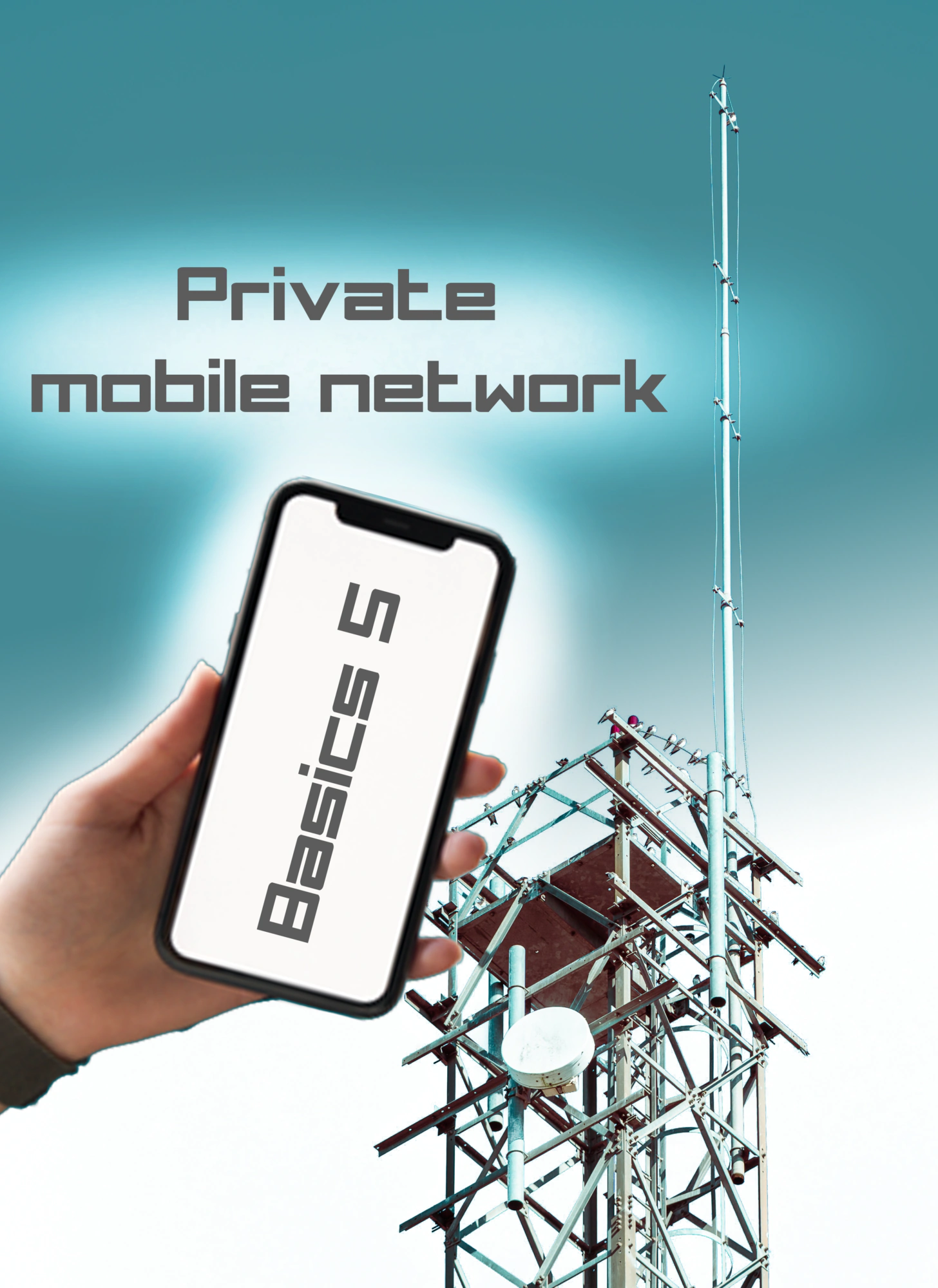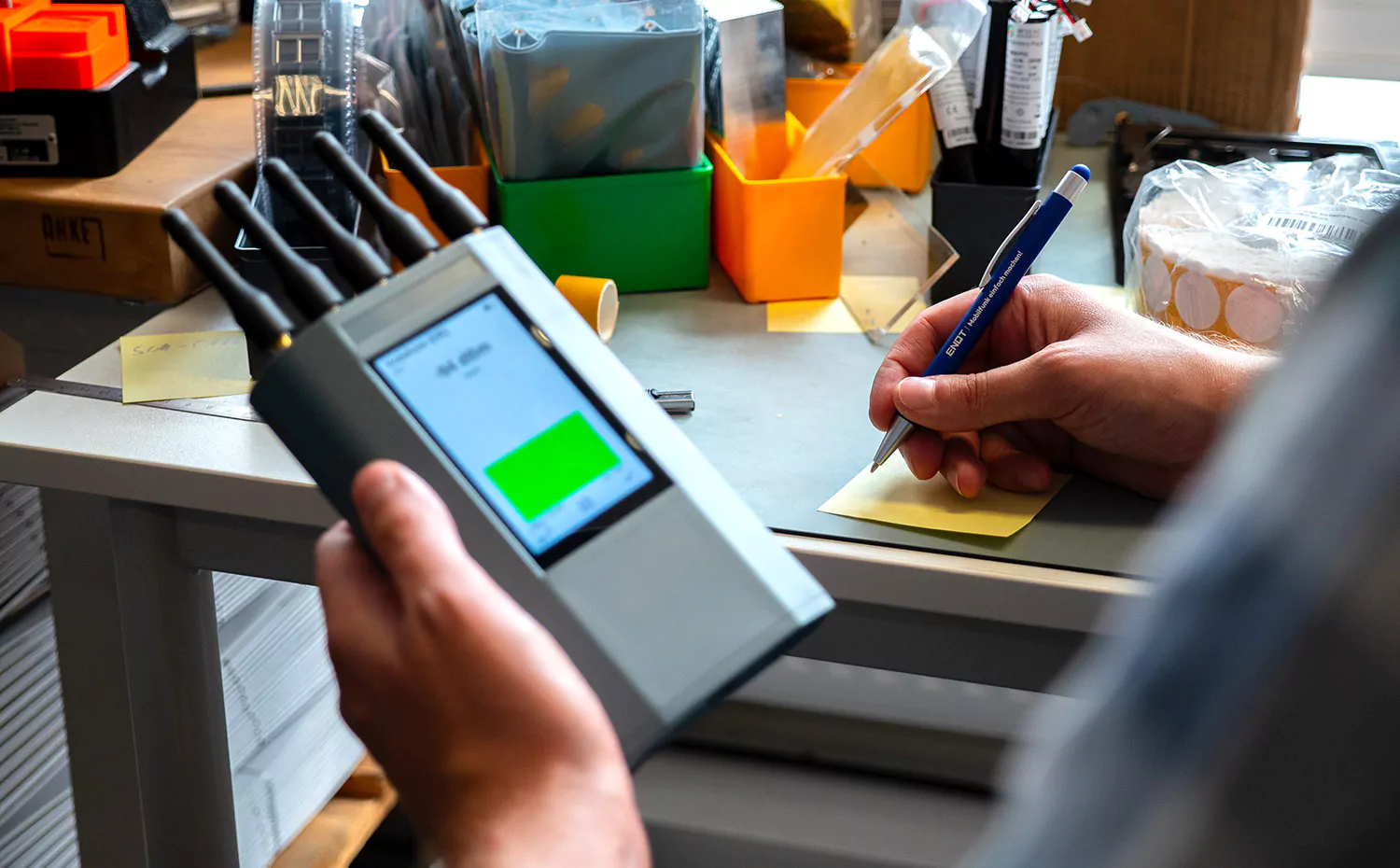But public mobile networks are not equally suitable for all application scenarios. Businesses and industry have special requirements that public networks do not meet. For this reason, private mobile networks exist. With the introduction of 5G and the possibility of securing private frequencies, these networks are getting a new boost. But private networks can also be implemented with 3G and 4G and the CDMA and LTE transmission standards. In addition, there is the possibility of using private APNs in public mobile networks. In this article, we explain why and for what private mobile networks are needed and what types there are.
Why and for what are private mobile networks needed?
With increasing digitization and the networked processes of Industry 4.0, reliable and powerful mobile network coverage is becoming more and more important. Modern business and production processes increasingly require mobile communication in real time with maximum performance and reliability. Public mobile networks only partially meet these requirements. They are optimized by their operators for maximum economic benefit, offer only limited guarantees in terms of quality, performance and availability, and are heavily geared to the use of mobile devices such as smartphones. Ultimately, the public networks serve only some application scenarios of mobile communications and cannot be exclusively tailored to individual customers or applications.
Networking via WLAN also only partially meets the requirements of companies and industry. WLANs operate with unprotected frequency ranges released for everyone and are exposed to external interference that is difficult to influence. The range of these networks is limited, latency is relatively high and the data rate fluctuates over a wide range.
The special requirements of business-critical applications and networked industrial processes can often only be met by private mobile networks. They are logically and physically separated from the public mobile networks and specially designed for demanding application scenarios. Private networks have tailored network coverage and ensure the networking of sensors, machines, plants and mobile devices with the required latency, availability and data rate.
What are the types of private mobile networks?
Grundsätzlich gibt es mehrere Möglichkeiten, private Mobilfunknetze zu realisieren. Zu diesen zählen:
– Private 5G campus networks
– Private CDMA- und LTE-Netze im 450-MHz-Band
– Use of private APNs in public mobile networks
Private 5G campus networks
The fifth generation of mobile technology is opening up new opportunities for private mobile networks. Since 2019, companies have been able to secure 5G frequencies for setting up their own local 5G campus networks. Such networks can meet the requirements of demanding Industry 4.0 scenarios. They offer high bandwidths, short latency times, guaranteed availability and are secure. With so-called network slicing, various applications with different requirements can be operated simultaneously in a single campus network.
Several private 5G campus networks of large companies have already been established in Germany. These include networks operated by Lufthansa and BMW or Rittal, for example. Other companies such as Volkswagen, Bosch, Daimler, BASF and many more are showing strong interest in their own 5G networks or are already working intensively on realization.
Private CDMA and LTE networks in the 450 MHz band
However, 5G is not a basic requirement for the establishment of private mobile networks. Private networks can also be implemented with 3G and 4G and the CDMA and LTE transmission standards. In Germany, for example, the 450 MHz band originally reserved for the C-Net can be used for such networks. The relatively low frequencies achieve large ranges and good building penetration. Even areas that are difficult to access can be reliably covered with mobile communications.
The Federal Network Agency makes 450 MHz frequencies available for radio coverage of critical infrastructures. For example, CDMA-450-MHz can be used to network smart meters and monitor energy networks. In 2021, the German Federal Network Agency awarded the frequency usage right of some 450-MHz frequency ranges that have become free to 450connect GmbH, a consortium of the energy and water industry. The consortium is responsible for building a 450 MHz network and may operate this network exclusively until at least 2040. The network offers excellent building and area coverage, is emergency-powered and independent of the public power grid. It can prioritize applications and has a secure, self-sufficient network infrastructure. Test operations with the first customers started in 2022. By 2024, the network is to be fully operational with around 1,600 radio sites.
Use of private APNs in public mobile networks
Another option for private, secured mobile communications is the use of private APNs in public mobile networks, even though strictly speaking these are not self-sufficient, private mobile networks. APN is the acronym for Access Point Name. It is a type of gateway that establishes the connection to data networks for mobile devices. The end devices are assigned to one or more APNs via their SIM card. Connections to the Internet are established via the public APNs of the mobile networks.
Private APNs can be used to connect to any data network, such as a corporate network. For example, IoT or M2M devices are assigned to a private APN via the SIM card. The end devices communicate via the connected private data network, isolated from the public Internet. The mobile network provides the air interface and connectivity to the private APN and data network. Private IP addresses and special authentication mechanisms or network parameters can be defined for the end devices. They are protected from unauthorized access in a kind of closed user group.



